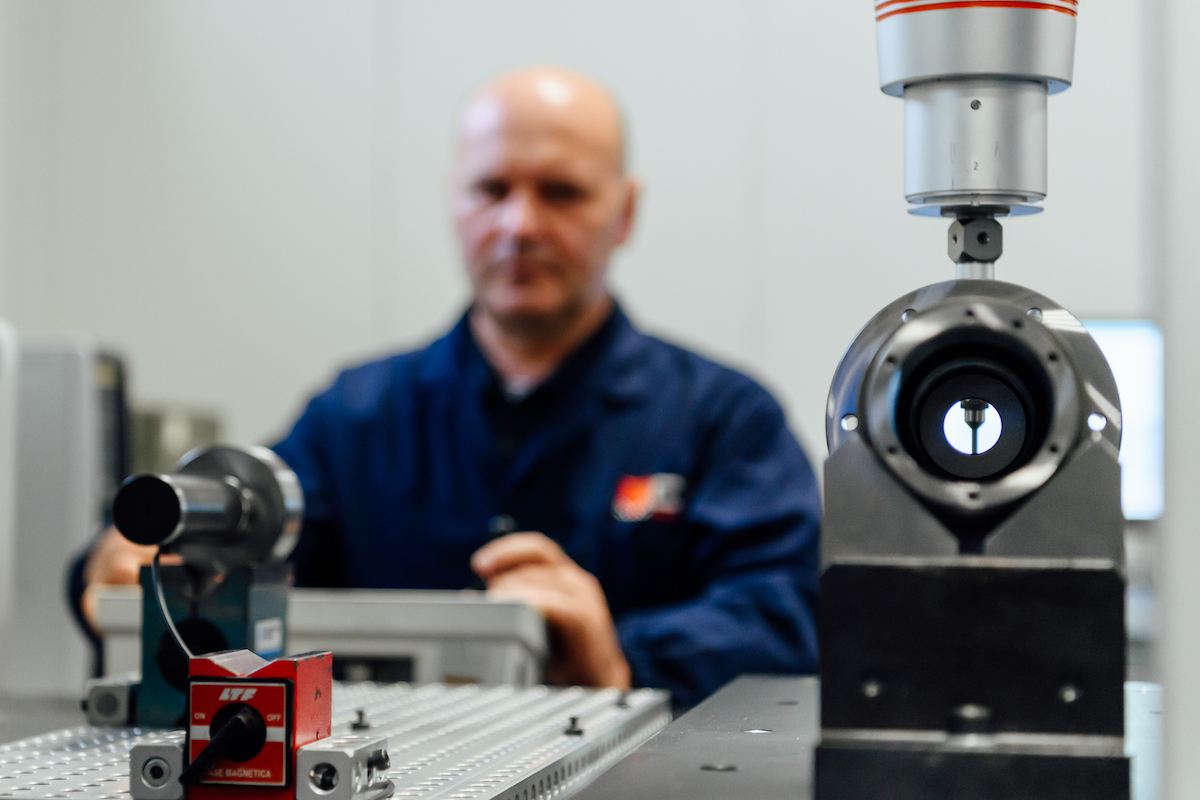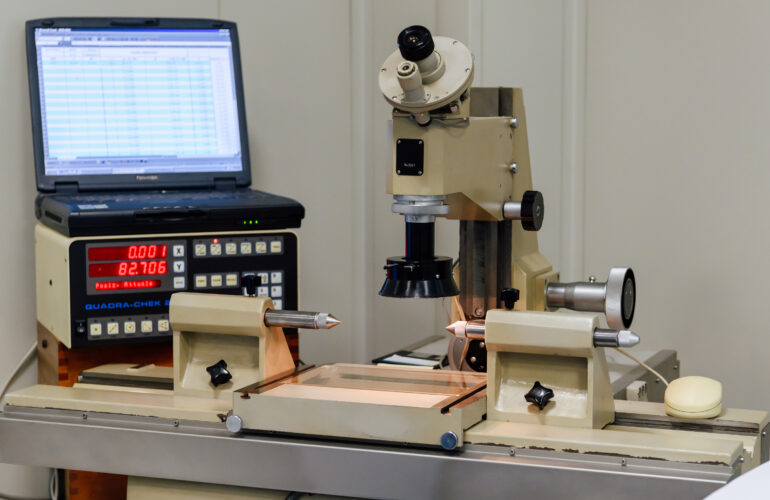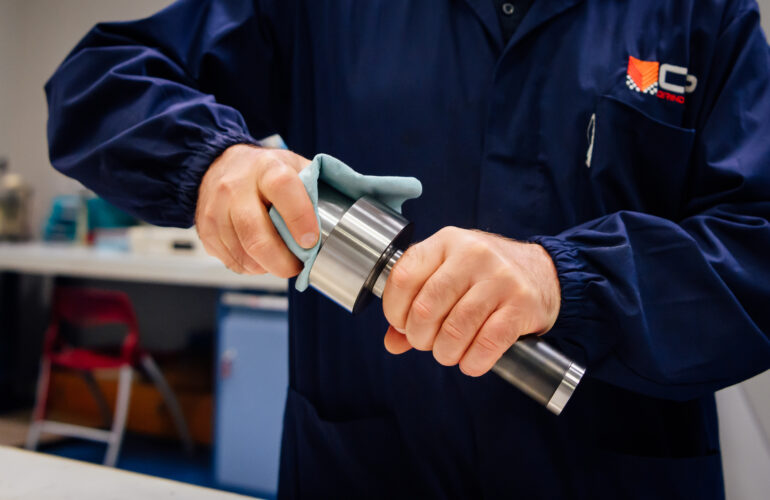Mechanical precision tooling has specific language and terms that can sometimes create confusion in the reader. To facilitate the understanding of our articles we have decided to create a guide with the most used terms used when talking about precision mechanics.
A
Spindle shaft: is the mechanical device of the machine tool on which the workpiece is mounted.
B
Balancing: is an operation by which weight imbalances in the wheels of motor vehicles are identified and corrected.
C
CNC numerical control machines: are special machine tools that use computerized numerical control; since the eighties they have been used for precision mechanical processing, becoming essential for all precision mechanic processing and industrial automation going on nowadays.
E
Electrospindles: the electrospindle is an electromechanical device that is mounted on machine tools but unlike the normal spindle, it is equipped with an internal motor to generate the rotation of any installed tool and perform the required machining.
G
Grinding: The modern definition of Grinding Machine, according to Britannica says: “grinding machine, tool that employs a rotating abrasive wheel to change the shape or dimensions of a hard, usually metallic, body.
Grinding Machines: machines that can perform the finishing of metal parts to obtain dimensional and geometric accuracy.
L
Lapping: a machining process performed on a metal, ceramic or glass surface, to minimize its roughness. The exact definition given by dictionaries: ” Lapping is a machining process, in which two surfaces are rubbed together with an abrasive between them, by hand movement or by way of a machine. “.
M
Machining center: The machining center is a multifunctional machine tool equipped with CNC numerical control that allows to perform a large number of mechanical operations such as threading, drilling and milling using only one set-up on multiple surfaces
Metrology lab: an environment in which the predetermined thermal and hygrometric conditions are kept constant. In short, inside a metrological room the temperature and humidity cannot undergo any kind of variations.
Milling: is a mechanical process that allows the modeling of pieces in complex shapes and to obtain a wide range of surfaces through the action of a cutting tool with defined geometry. Milling is able to provide high precision and an excellent surface finish of the finished product.
R
Remediation: when we talk about remediation we refer to different Heat treatments carried out on specific types of steels in order to obtain high hardness/strength. Remediation is achieved by performing austenitization, quenching
S
Shrinking: With the term shrinking in high precision mechanic, we want to indicate the union between two elements, shaped in such a way that they are complementary in order to form an interlocking connection. In mechanical machining, shrinking usually involves the interlocking of gears on shafts.
Slide valves: Slide valves are rectilinear valves used to control the admission of steam into, and emission of exhaust from, the cylinder of a steam engine.
Spindle: The spindle is a mechanical device that is installed on machine tools used in chip removal processes such as machining centers, lathes and cutters.
T
Threading: is a type of mechanical construction used to create a helical coupling between two elements, as well as the operation leading to the creation of this type of coupling.
Tool-holding systems: is a fundamental dowel for any production. The tool-holding systems, i.e. the connection between the cutting tool and the machine spindle, is in fact crucial to achieve full productivity and efficiency.
Turning: a machining process in which a cutting tool, typically a non-rotary tool bit, describes a helix toolpath by moving more or less linearly while the workpiece rotates.



